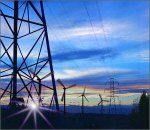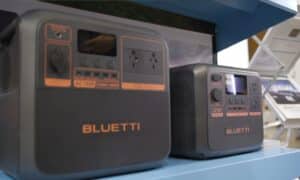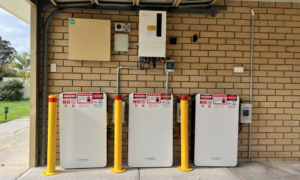The USA’s National Renewable Energy Laboratory (NREL) says the country’s ageing electricity grid infrastructure is in dire need of a tune-up as new generation technologies such as wind and solar power come on line in greater numbers and smart meters are rolled out across the nation.
A new Energy Systems Integration Facility (ESIF) currently under construction will look to tackle the challenge of helping utilities keep the grid functioning as power variability issues arise due to the nature of weather-dependant generation systems.
Electricity grid technology has stalled for the past 50 years or so as it hasn’t needed to change. But where once utilities could simply check the weather forecast and plan energy production accordingly, using a cheap and seemingly endless supply of polluting fossil fuel , now according to NREL director David Mooney, “there are a lot of technologies coming online – including wind and solar – that are going to require a transformation in the way this orderly system gets operated.”
The greater the number of renewable energy systems feeding into the national grid, the more impact they will have. Currently however, energy flowing from renewables like geothermal, solar and wind accounts for less than 5 percent of the total U.S. power generation in 2011.
But as generation sources such as rooftop solar power continues to grow in popularity and cost-effectiveness, utilities will be faced with the problem of integrating new variable technologies in real time while maintaining a safe and reliable electric power system.
The ESIF site will simulate a real energy grid, at megawatt-scale power, giving utilities the opportunity to test various systems in a risk-free environment. The NREL also hopes this will encourage utilities to take up new, cleaner technologies.
“We all know how we react when the power goes out, and the local utility usually bears the brunt of the PR problems associated with an outage,” Mooney says. “So it is understandable that they are very conservative in how they go about adopting new technology.”
The 182,000 square-foot ESIF facility will cost $135 million when it is completed in late 2012. It will contain office space for 200 staff, 15 laboratories, four outdoor test sites, and state-of-the-art electric simulation and visualization systems.
Source












































